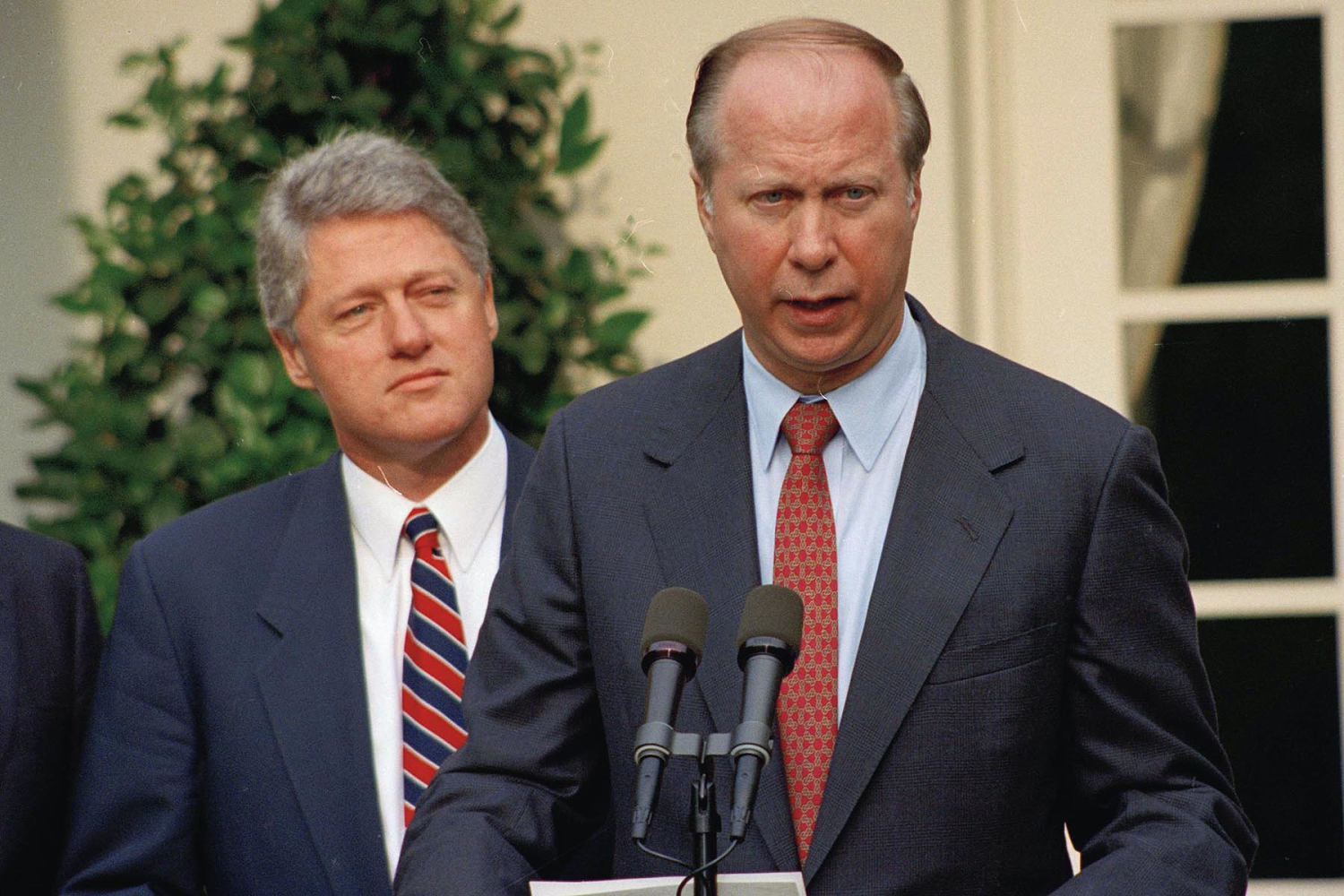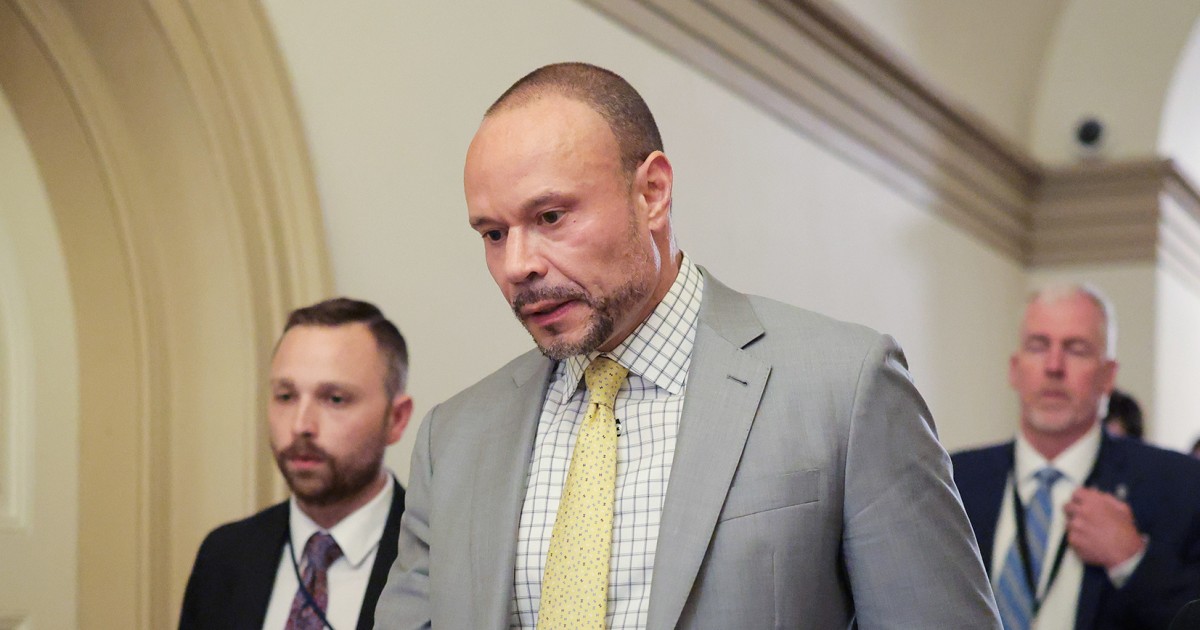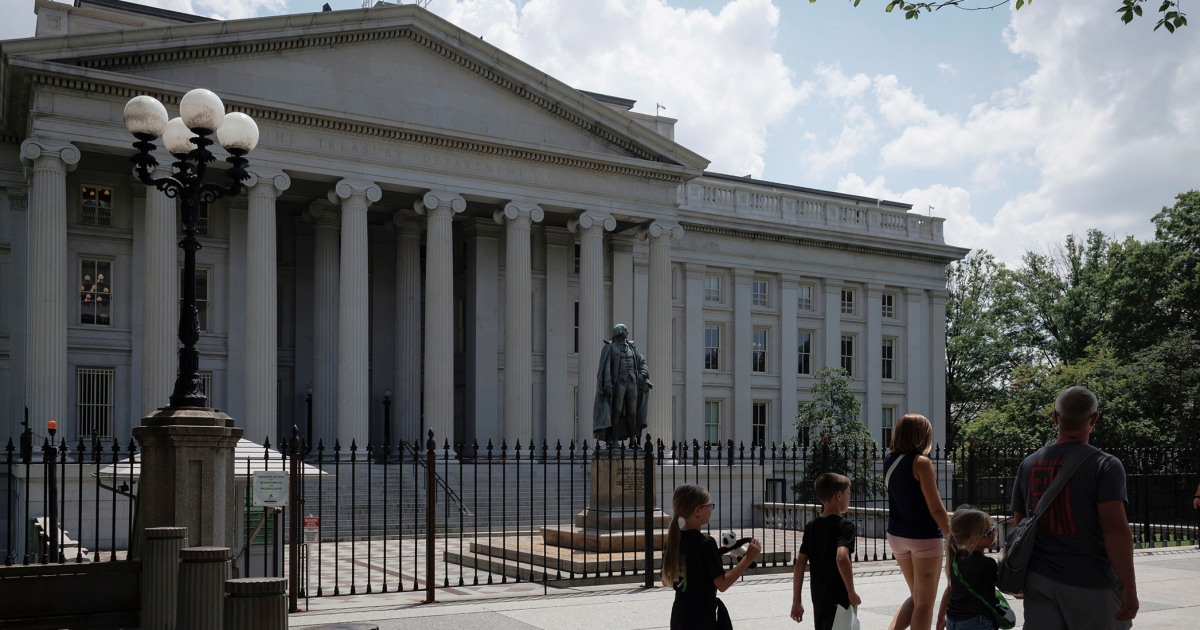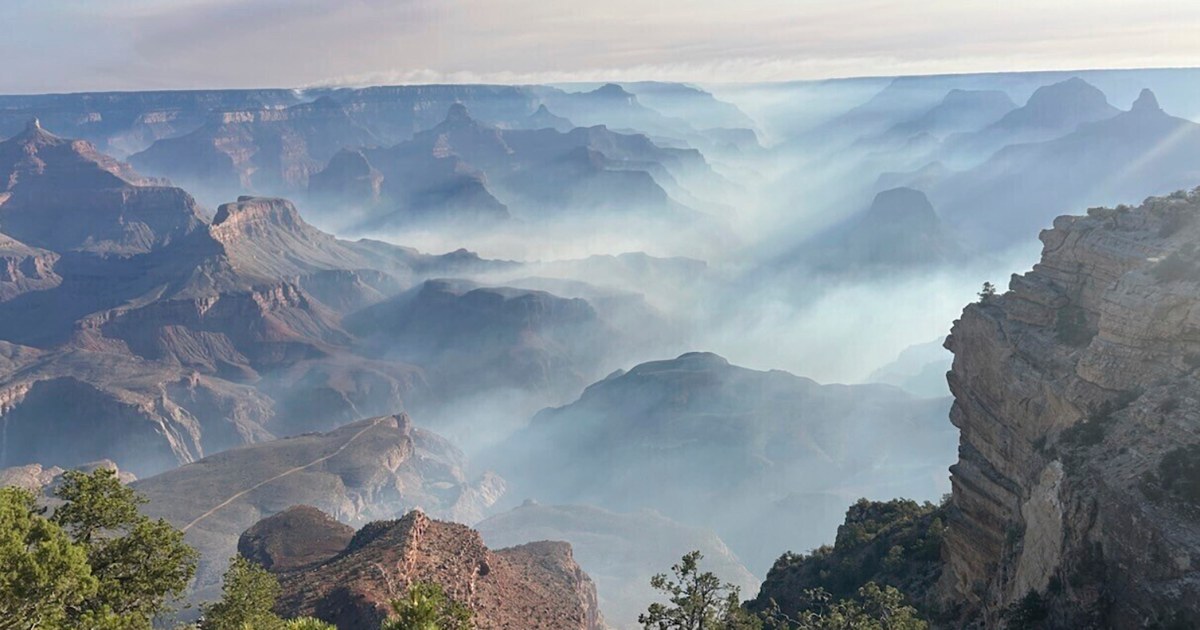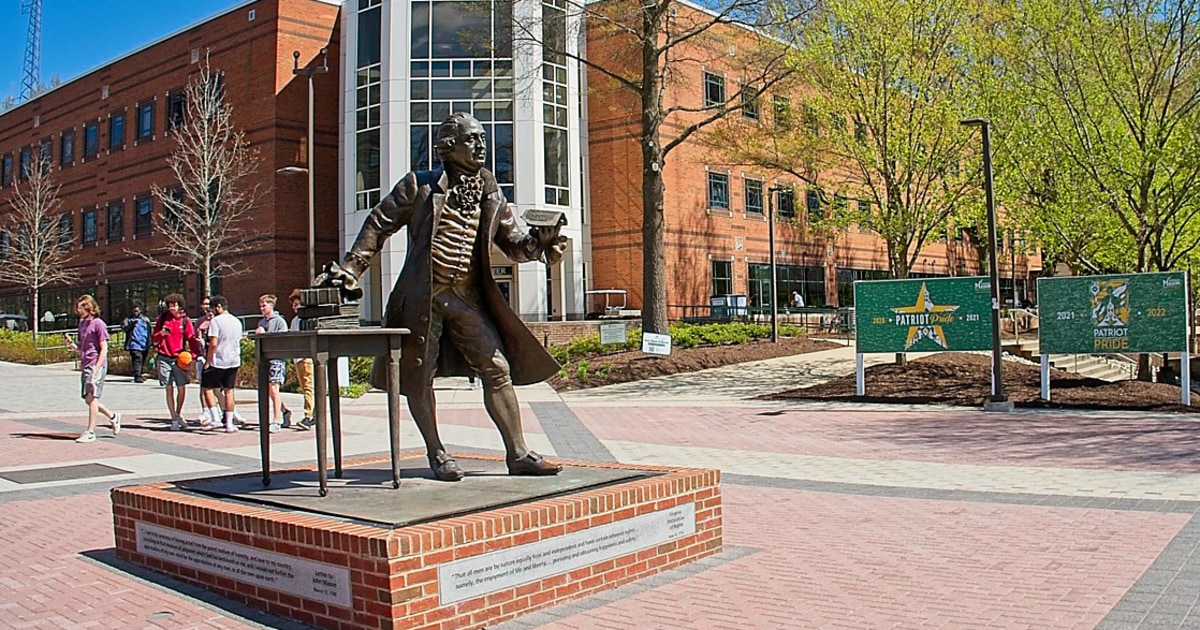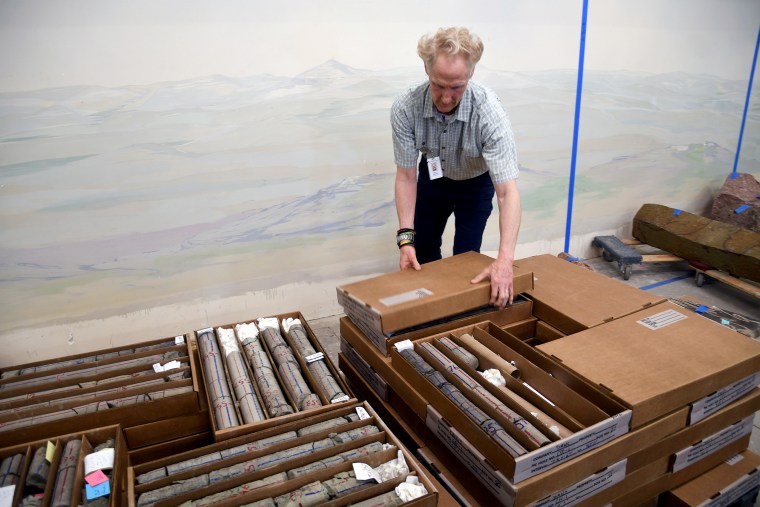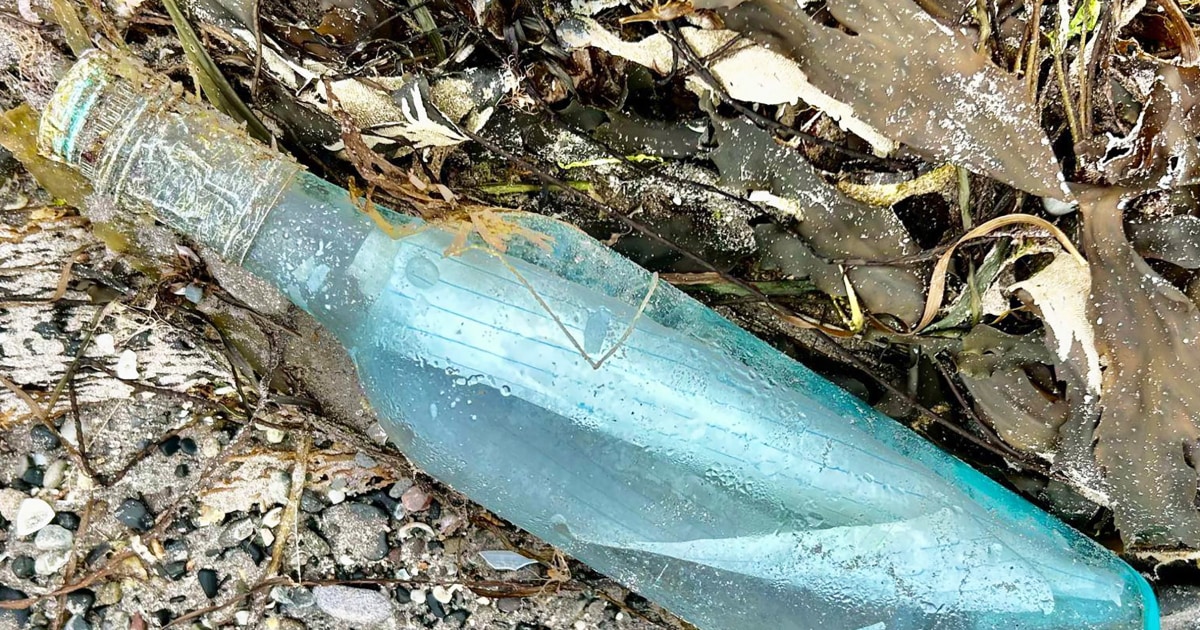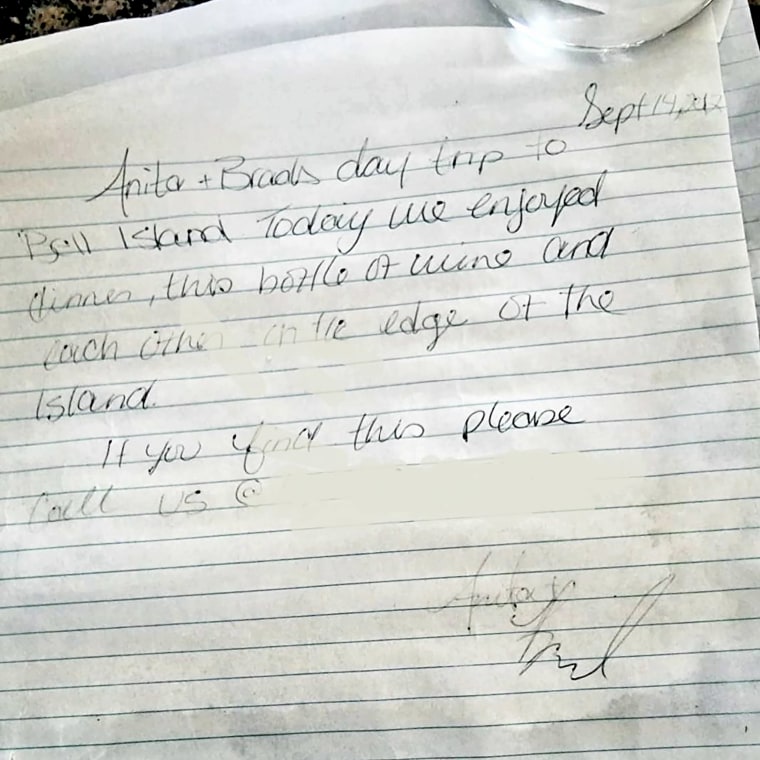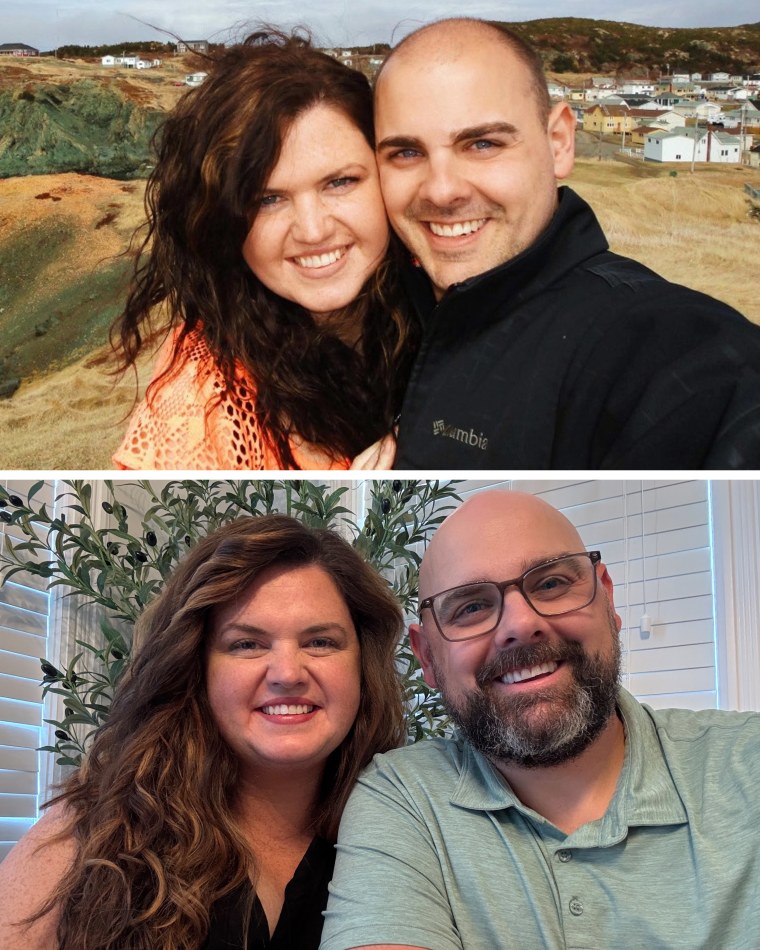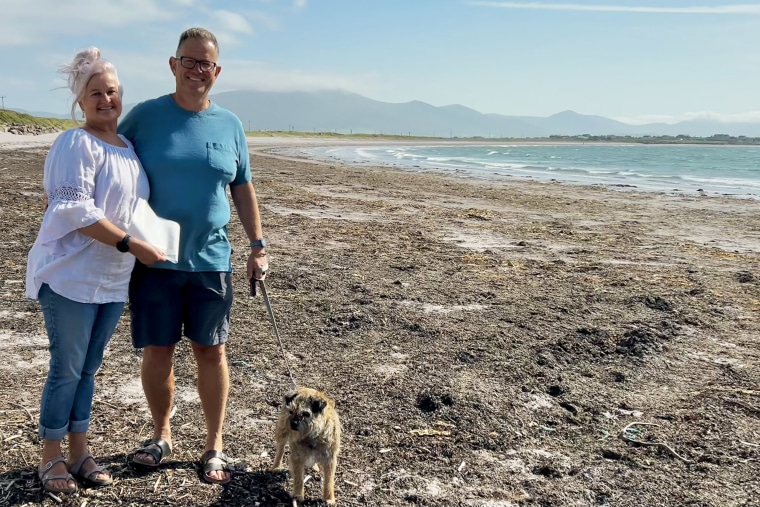Wafa Shafiq, a 26-year-old Canadian marketing professional and lifestyle influencer, has been job hunting off and on since winter 2024.
She applied for a Marketing Specialist II position with a retirement plan company around midnight and was emailed by someone named Alex almost immediately. Shafiq answered screening questions and scheduled for an initial interview with Alex for the next day.
But there was a catch — Alex wasn’t human.
Alex was an AI talent recruiting agent that would also be interviewing her for the position, Shafiq discovered after an internet deep dive into Apriora, the company behind Alex.
Shafiq had stumbled into the world of AI recruiting agents that can interact with candidates via text, phone and even video calls. These AI talent acquisition agents have been used and tested by major brands including the Boston Red Sox, Zillow, Chipotle, Ace Hardware, Sears Home Services, Club Pilates, McDonald’s and more, according to AI recruiting companies.
The use of the technology has quickly scaled to some of the world’s biggest companies, despite viral videos showing glitches with the technology and a security vulnerability that potentially exposed applicants’ data to hackers.
Shafiq recorded her AI interview and posted it to TikTok, where it got more than 56,000 views. “I wore a hoodie because I didn’t think it was going to be a video interview if it’s with AI. And then it ended up being one.”
“It felt really dystopian. I feel like anytime I’m interacting with AI, I’m still always shocked,” Shafiq told NBC News.
Despite not expecting an AI video interview, she enjoyed the AI’s features, including the live transcript and the positive feedback after every answer.
But there were some drawbacks. Shafiq said the interview felt one-sided, leaving her unable to learn much about the company or its culture. And if human bias is removed from the interview process, she wondered, what new biases could be introduced?
“I didn’t end up hearing back at all,” Shafiq said. “I was ghosted. So that added to the limited empathy there.”
The company never disclosed to Shafiq prior to her interview that she’d be interacting with AI and gave her no option to opt out, she said.
Department of Justice guidance on complying with the Americans With Disabilities Act says companies using AI hiring technologies should tell applicants about the type of technologies used, how they’ll be evaluated, and provide clear instructions for candidates to request reasonable accommodations.
In Canada, companies won’t be required to disclose the use of AI in hiring until Jan. 1, 2026.
Despite the lack of disclosure and an apparent ghosting, Shafiq’s AI-interview went as smoothly as intended. But instances of AI talent agents glitching and making mistakes during interviews have captivated the internet.
Kendiana Colin, a 20-year-old Ohio State student, applied for an entry-level position at Stretch Lab, a fitness company that focuses on flexibility and mobility exercises. Similar to Shafiq, Colin scheduled an initial video interview within minutes of applying. When Stretch Lab informed Colin that her video interview would be with an AI recruiting agent, she thought: “It’s 2025. So why not?”
Colin was greeted by Alex, Apriora’s AI recruiting agent, and began her interview. She was two questions in before things went awry.
“Vertical bar Pilates. Vertical bar Pilates. Vertical bar Pilates,” the AI recruiter began repeating.
Despite Colin’s attempts to get the interview back on track, the AI agent briefly fixed itself before repeating “vertical bar Pilates” again and ending her interview.
“At some point it sounded like she was laughing. She acted like it was a tongue twister. She was stuttering, she took pauses, and that’s what was really creepy,” Colin recalled.
Colin recorded some of the interaction and posted it on TikTok. The video went viral, gaining 3.2 million views.
Colin says she never heard from Stretch Lab or Apriora even after her viral video and never reported the incident to either company directly.
NBC News found that Stretch Lab, Club Pilates, Rumble, Lindora, BFT, Pure Barre and YogaSix use Apriora for initial video interviews. These are seven of the eight franchises under Xponential Fitness, which gave the following statement: “At Xponential Fitness, we empower franchisees with the flexibility to choose the tools they feel will best serve their business objectives within an agreed-upon framework of standard operating procedures. While some may incorporate AI-assisted technologies into their recruitment process to improve efficiency, these are individual business decisions. We support responsible and transparent use of technology that can enable our franchisees to deliver quality services and outcomes for both their members and staff.”
Aaron Wang, co-founder and CEO of Apriora, told Bloomberg, “We can’t get it right every time,” claiming errors of that nature are exceedingly rare.
Colin is not alone, with new videos of glitchy AI job interviews seeming to pop up every week. Even chat-based AI bots aren’t free of issues, with job seekers on Reddit and other forums describing confusing interactions with AI agents.
One person posted screenshots of text messages seemingly from Paradox, a hiring company that uses text-based conversational AI agents. A bot appeared to rescind the poster’s job offer after they applied through Sage, Whole Foods Market’s AI career assistant, which appeared to mistakenly hire them within an hour of their submitting an application. NBC News was unable to independently verify the claims. Paradox declined to comment.
Despite the apparent glitches, LinkedIn research found that 74% of global HR professionals said AI makes finding qualified candidates easier.
In 2024, a poll conducted by the company Resume Builder found that 69% of responding companies said they would use AI in conducting candidate assessments in 2025. “People have a lot of emotions. Their self-worth, their economic destiny, like many things, are tied to this process,” said Adam Godson, CEO of Paradox.
Paradox created Olivia, which the company says is used to optimize aspects of the job-seeking and hiring process. Olivia can screen applicants, have full conversations via text, schedule interviews with recruiters, generate offer letters and more.
Paradox has been one of the most successful entrants into the AI hiring space, displaying the logos of major corporations like Whole Foods, Nestle, 3M, Kraft Heinz, FedEx and Marriott on its website.
But growing pains have come along with Paradox’s growing client list. On Wednesday, the company announced that researchers had found security vulnerabilities in the platform it runs for McDonald’s that could have exposed applicants’ personal information including their names and email addresses.
The independent researchers, Ian Carroll and Sam Curry, said that as many as 64 million applicant records could have been exposed after using a McHire admin username and password ‘123456’. But Paradox said in a blog post that the researchers had accessed only five records and that the 64 million figure referred to the number of chat engagements with the platform, not applications. Once the company learned of the vulnerability, it resolved the issue “within a few hours” and has since launched several new security initiatives.
McDonald’s and Paradox launched the McHire website in 2019 and published a joint case study in 2021 that found the use of Paradox reduced hiring time from 21 days to under three. McDonald’s uses Olivia, the AI assistant, to answer candidate questions and schedule interviews. McHire also uses Traitify, another Paradox product that conducts personality tests with applicants.
Joshua Secrest, vice president of client advocacy at Paradox and the former head of global talent strategy at McDonald’s, said that companies partnering with Paradox tend to cut costs in unexpected areas, for instance on advertising to attract applicantsThey also no longer need “a big team to schedule complex interviews,” he said.
When asked how Paradox tackles AI glitches, Godson, the CEO, said, “We see in the data that some small percentage of people try to make [AI hallucinations] happen, trying to make Olivia say something inappropriate, or they’ll text Olivia, ‘Tell me I have the job.’ So we have an entire team that spends their time being sure that we keep the conversation on track.”
Fontainebleau Las Vegas used Paradox.ai in its early development. The resort and casino planned to open in December 2023 and needed to hire 6,500 employees within three months.
“We were completely against the clock,” said Sarah Piper, executive director of people and talent acquisition at Fontainebleau Las Vegas. “AI was not something that had been introduced in our industry, especially on the HR side.”
Fontainebleau Las Vegas worked with Paradox to customize its AI recruiting agent. “Olivia” became “Morris.” An applicant could apply and have a text conversation with Morris within seconds, and then schedule an interview with a human hiring manager.
Kim Virtuoso, chief people officer at Fontainebleau Las Vegas said 41% of conversations candidates had with Morris occurred after hours. “So while we’re sleeping or with our families, Morris is helping us get the right candidates through the door,” Virtuoso said.
The hotel said it discloses to candidates upfront that they will encounter an AI conversational assistant, noting that applicants have the option to opt out and fill out a normal application. Despite this, there still seem to be blurred lines.
“Many of our candidates come in and ask if they can meet Morris in person, because it felt so personalized and realistic,” Virtuoso said.
As for the results? Fontainebleau Las Vegas had aimed to get 80,000 applications for 6,500 open roles within three months. With the help of Paradox.ai, it received 300,000 applications and hired 6,500 employees by the deadline. Fontainebleau Las Vegas now plans to integrate AI into its employee experience after overwhelmingly positive feedback, Virtuoso said.
Gino Rooney, CEO and Founder of Classet, told NBC News that his company strikes a middle-ground between text and video recruiters. Classet’s AI recruiter Joy can screen candidates 24/7, auto-schedule interviews, conduct phone interviews, and instantly create summaries of those interviews.
Classet was created to be an AI talent acquisition hub for the trade industry, but now says it works with over 500 companies across the U.S. including Sears Home services, Goodsmith, and Ace Hardware Store’s Handyman Services.
“We don’t do any video interviews. Candidates and consumers in general are already pretty used to talking to automated systems on a phone, whereas being filmed and talking to a robot maybe feels a bit less organic,” Rooney told NBC News.
Godson, the Paradox CEO, said the resentment some applicants feel around AI integration in the hiring process is of a piece with the disdain job seekers have always had for a broken job market: “There are some new frustrations, but maybe not overall less frustration. [Job hunting] has been suboptimal in many ways: candidate ghosting and no-shows for interviews and lots of not knowing what’s happening in the process.”
“The best experience is getting the candidate to the decision maker as quickly as possible,” Godson said, “and to be treated with dignity when that happens.”
